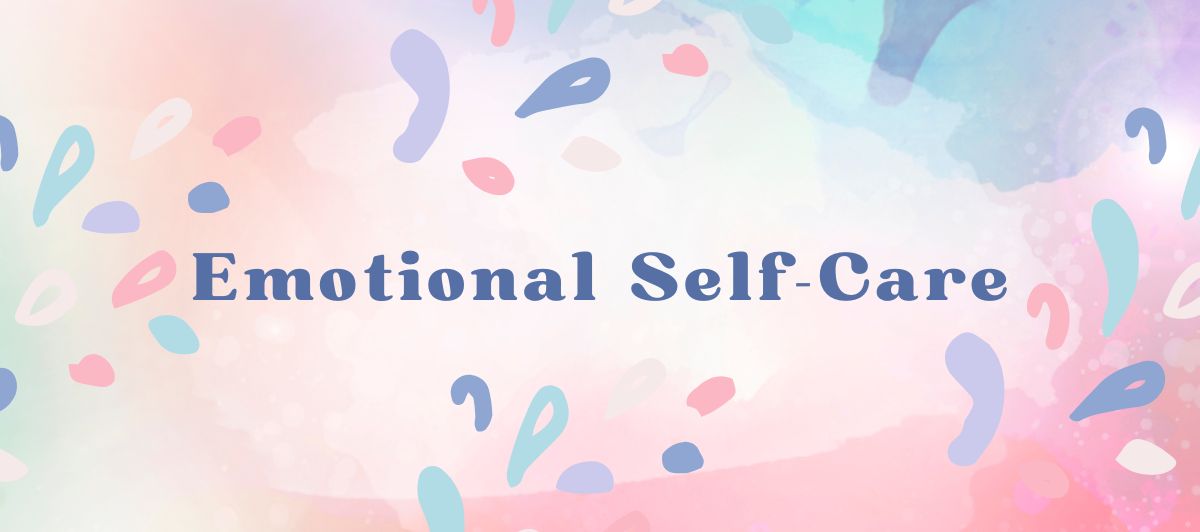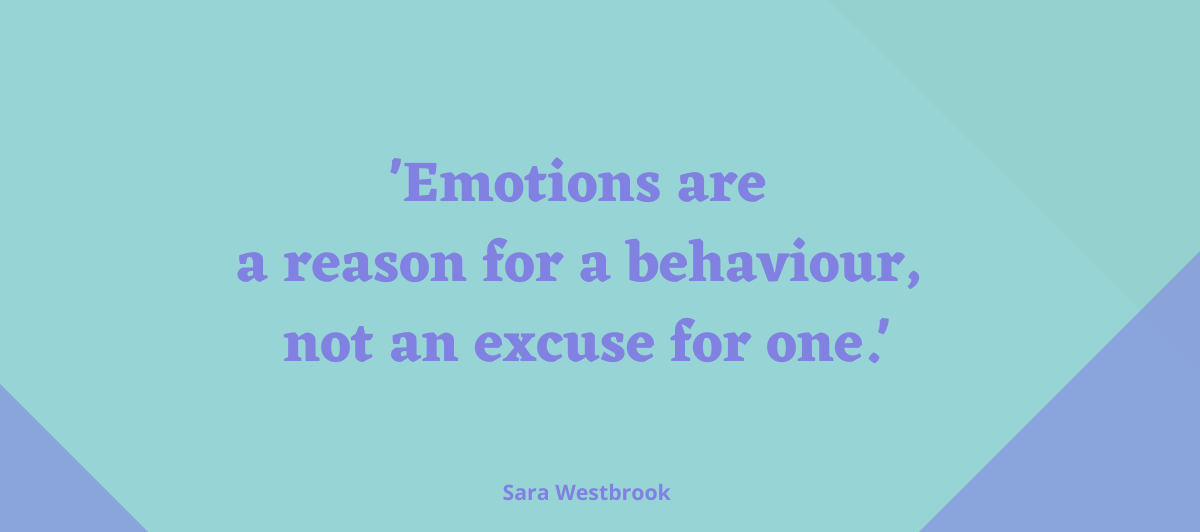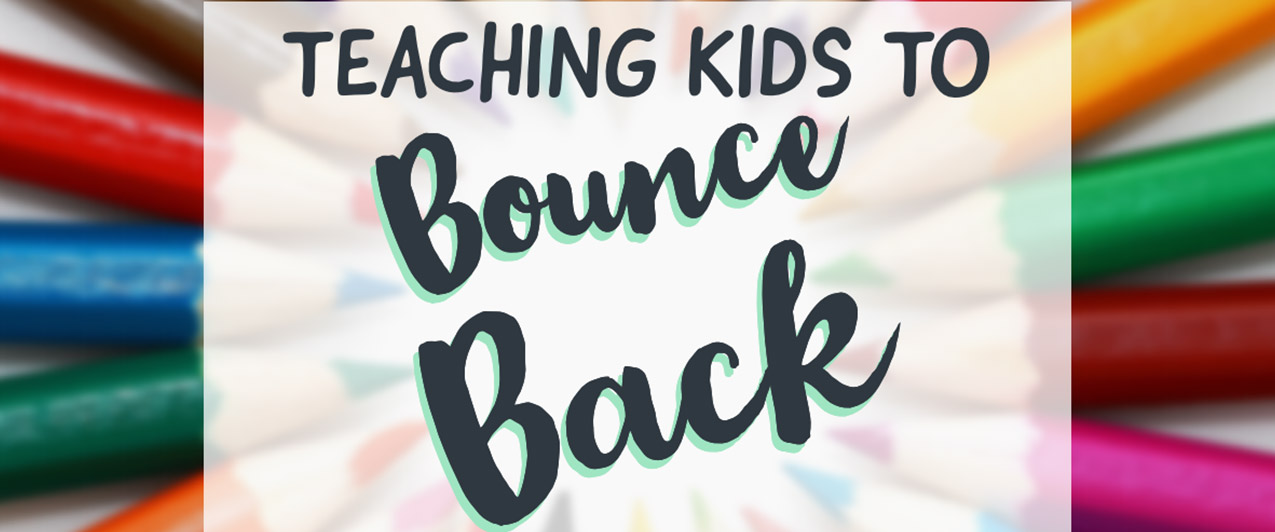

Question to Ask a Child
Kids experience the same emotions as adults – anxious, sad, disappointed, embarrassed, angry, scared—to name a few.
A key part of emotional resilience is teaching children strategies to help them manage and navigate emotions in healthy ways. This will make a difference not only throughout their childhood, but also as an adult.
Since everyone is different, what calms you and helps you move through your emotions, won’t necessarily work for a child.
During one of my presentations, a young student shared that counting helps calm him. I replied with ‘counting to ten is a great strategy.’ He said, ‘No – random numbers…10, 18, 52, 6, 103, 186…’
Imagine that he is in the throes of an emotion and someone starts counting…one, two, three, etc. Instead of calming him, his emotional state would heighten from the frustration, as he’d feel that what truly helps him isn’t being honoured – random numbers.
This is why it’s so important to know beforehand what works best for each child when they are experiencing an emotion. Ask them what they find helpful.
Then create a list of their ways so you know what to suggest when emotions arise. Post the list somewhere that will serve as a reminder for both you and them.
This is what I know: Being mindful of the ways that work best to support a child’s emotional needs, shows them that you are being empathetic and attentive. This builds connection.
Until next time…







